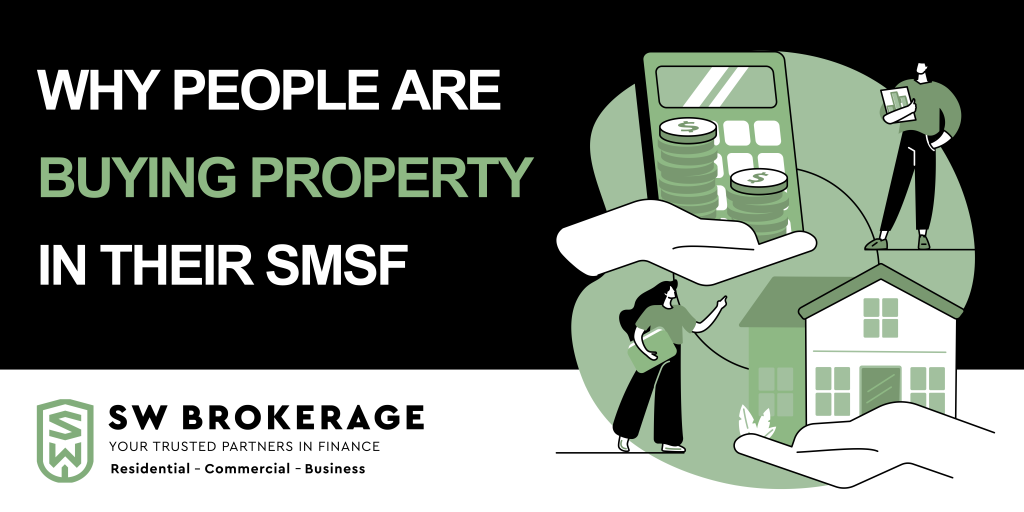
Is an SMSF Right for You?
Self-Managed Super Funds (SMSFs) are often promoted as the ultimate investment solution, with many advisers and property spruikers suggesting that every savvy investor should have one. However, the reality is quite different—less than 5% of Australians with a super account actually have an SMSF.
As of June 2022, there were just under 600,000 SMSFs in Australia, holding over $868 billion in assets, with a total of 1.1 million members. While SMSFs hold more assets than retail or public sector funds, they still trail behind industry funds, which hold over $1 trillion in assets.
Interestingly, the growth rate of SMSFs seems to have slowed in recent years. New SMSF establishments fell by approximately 40% from 2015 to 2019, and the number of SMSFs being wound up has increased, possibly signaling that running an SMSF may not be for everyone.
Who Owns an SMSF?
It’s not just the super-wealthy who have SMSFs—many members earn under $60,000 per year. In fact, more than half of SMSF members report a lower income, often because they’re salary sacrificing into their funds or are married to higher-income earners. Although SMSFs were once seen as a niche product for the wealthy, they are now appealing to a broader range of Australians.
Most SMSF members are aged over 55, which is no surprise, as these individuals have had more time to build up the necessary balance to make an SMSF cost-effective. However, the appeal of SMSFs is also rising for those under 50, with younger investors citing a desire for more control over their super and greater confidence in their ability to achieve better returns.
The average super balance for people recently establishing an SMSF is around $340,000, with 13% of funds having less than $200,000. While the SMSF sector is maturing, it’s still important to recognize that SMSFs are not limited to those with vast wealth.
How Much Do You Need to Start an SMSF?
The cost-effectiveness of an SMSF depends on your circumstances. You may not need an enormous starting balance to begin with, but your fund must be large enough to cover the associated costs. Research by the SMSF Association has shown that a balance of at least $200,000 is typically necessary for an SMSF to be cost-effective.
While the Australian Securities and Investments Commission (ASIC) previously recommended a $500,000 starting balance, it has since removed this advice. Instead, they emphasize that the decision to set up an SMSF depends on factors such as how much you’re willing to invest in managing the fund and how soon additional contributions will be made.
What Are the Costs of Running an SMSF?
Running an SMSF involves a variety of costs, including setup costs, ongoing administrative fees, and investment-related expenses.
Setup costs: Establishing an SMSF involves setting up trust deeds, completing ATO forms, and receiving professional advice, with costs typically ranging from $1,500 to $2,500.
Ongoing administration fees: These include annual compliance costs such as financial statement preparation, tax return filing, and auditing by a registered auditor. Costs can range from $1,189 to $2,453 per year.
Investment fees: The cost of managing investments varies widely. Direct property expenses can be high, while investments in shares, ETFs, and managed funds tend to be less costly.
If you manage a straightforward fund with low-cost investments, the annual cost could be as low as $1,329 for a fund with a $200,000 balance.
Why Choose an SMSF?
There are several reasons why people opt for SMSFs:
No Capital Gains Tax (CGT) in SMSF (on assets in pension phase) – Investments held in a Self-Managed Super Fund (SMSF) are exempt from CGT when they are supporting a retirement phase pension, maximizing tax efficiency for retirees.
Control: An SMSF gives you full control over your super, allowing you to tailor your investment strategy to suit your personal goals.
Investment Flexibility: Unlike industry or retail funds, SMSFs allow you to invest directly in assets such as property, cryptocurrency, and collectibles like art, antiques, or wine.
Combining Super Balances: Couples can combine their super balances into one SMSF, which can have tax and financial advantages, especially as they enter retirement.
Custom Investment Strategies: SMSFs offer the flexibility to structure your investments as you see fit, enabling you to diversify in ways that might not be possible with traditional funds.
What Else Should You Consider?
While SMSFs offer a high level of flexibility, they come with significant responsibility. As a trustee, you are personally liable for the decisions made by the fund, even if you seek professional advice. Compliance with SMSF rules is critical to avoid penalties, and the paperwork can be overwhelming.
If you have no interest in the administrative side of superannuation or find managing investments stressful, an SMSF might not be the right choice for you. Furthermore, things can get complicated if you split the fund with a partner after a relationship breakdown or if the more active partner dies.
Conclusion: Is an SMSF Right for You?
SMSFs can be an excellent retirement savings vehicle for those willing to take on the responsibility of managing their fund. They offer flexibility, control, and the potential for greater returns if managed well. However, they are not for everyone. They require time, expertise, and a willingness to deal with the administrative side of managing your retirement savings.
Before deciding if an SMSF is right for you, carefully consider whether you have the knowledge, time, and resources to make it work. For those who get it right, the rewards can be significant—but if you get it wrong, the costs can be high.
